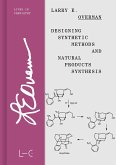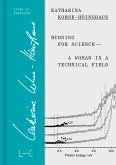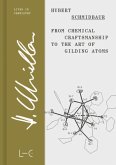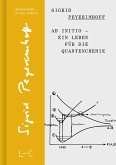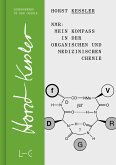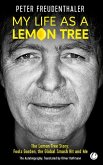ALBERT ESCHENMOSER (1925--2023), the brilliant Swiss chemist quietly composed an autobiography describing his six professional decades just "for the sake of its existence."
Already as a PhD student at ETH Zurich, he discerned patterns in the biogenesis of terpenes. His passion for synthesis of very complex molecules culminated in the world famous "competitive collaboration" with R.B. Woodward's group resulting in two total syntheses of Vitamin B12.
Albert Eschenmoser asked questions like "How did life on Earth arise? Why did Nature choose the biomolecules we know?" Clearly his vision went beyond synthesis - he pondered about fundamental issues following his conviction: "Life: perfectly commonplace and an everlasting miracle at the same time. Its emergence about four billion years ago ... is the most significant chemical property of matter".
This reflects Eschenmoser's unique stature among20th century scientists.
l-i-c.org/1136
Already as a PhD student at ETH Zurich, he discerned patterns in the biogenesis of terpenes. His passion for synthesis of very complex molecules culminated in the world famous "competitive collaboration" with R.B. Woodward's group resulting in two total syntheses of Vitamin B12.
Albert Eschenmoser asked questions like "How did life on Earth arise? Why did Nature choose the biomolecules we know?" Clearly his vision went beyond synthesis - he pondered about fundamental issues following his conviction: "Life: perfectly commonplace and an everlasting miracle at the same time. Its emergence about four billion years ago ... is the most significant chemical property of matter".
This reflects Eschenmoser's unique stature among20th century scientists.
l-i-c.org/1136



